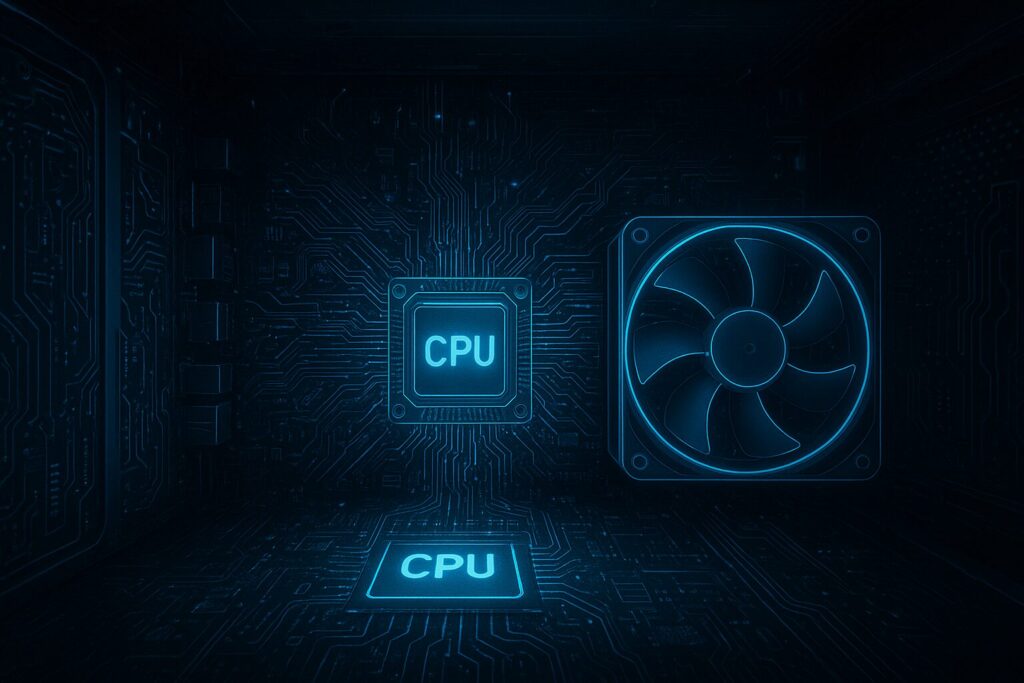Beyond Generic AI: We build specialized systems for operational intelligence.
The Self-Optimizing Advantage: They use real-time feedback to learn and improve autonomously.
The Result: An evolving, adaptive form of efficiency that outperforms static models.
General AI is reactive. Our systems are self-optimizing. They create closed-loop feedback where every action teaches the system to perform better, leading to an intelligence that evolves and outperforms static models.
Our strategy is built on closed-loop feedback. These systems don’t just report problems they solve them in real-time. A logistics delay automatically triggers recalculated routes and reallocates resources, creating a resilient operation that learns and improves with every task, achieving what reactive, general models cannot.
Secondly, achieving this requires a foundation of predictive and prescriptive analytics. While many AI platforms are excellent at describing what already happened (descriptive analytics) or what might happen next (predictive analytics), the goal is prescriptive action. Our approach engineers systems that do not just forecast a supply chain disruption; they proactively generate and execute the optimal solution, presenting it for approval or acting autonomously within set parameters. This transforms data from a historical record into a live instruction manual for continuous improvement.


Furthermore, the architecture of these systems is built for continuous evolution. A model deployed today should not be the same model a year from now. Through techniques like continuous learning and A/B testing at a systemic level, the AI is designed to challenge its own success formulas. It experiments with micro-variations in process, adopts what works best, and discards what doesn’t, ensuring that “better” is not a static target but a constantly moving horizon of peak performance.
Wrapping Up with Key Insights
In conclusion, the strategy is not to build a bigger AI, but a smarter, more specialized one. The future belongs not to the largest dataset, but to the most intelligent feedback loop. By focusing on creating self-optimizing, closed-loop systems that are prescriptive and built to evolve, we achieve a form of operational efficiency that is inherently more adaptive, more reliable, and ultimately, more impactful than any generalized AI can provide. This is how we move from simply using technology to creating a living, breathing ecosystem of efficiency.